Exciting Manuscript Letter Describing the Library and Mineral Collection of the Long Expedition's Chief Geologist; Given to the Author for Safekeeping.
Unpublished letter detailing the relationship between the author and the chief geologist on the Long expedition and including a relayed description of the expedition's start.
The letter, written to Dr. J.W.C. Evans's uncle, a Major Thomas Connolly serving in the 15th Regiment in Nova Scotia, appears to have been written in response to an enquiry from Connolly asking about Evan's progress in studying mineralogy. Evans claims that he is but an "amateur or student" in the field, and that his personal collection mainly comprises European minerals. He asks his uncle for a piece of Labrador feldspar, the "opalescent kind," which is now known as labradorite and renowned for its multicolored optical properties.
The most interesting part of this letter is the revelation that Evans was recently given August Jessup's personal collection of minerals, to be kept safe during Jessup's time in the Long Expedition. Jessup and Evans's father were evidently close, and Jessup wrote to Evans's father from Pittsburgh to tell him of the start of the expedition and the custom-built steamboat created just for the expedition up the Missouri.
Stephen Long's Expedition of 1820, not to be confused with John Long's invasion of Spanish Texas the year prior, was one of the instrumental early expeditions that mapped the plains ("the Great American Desert") and the eastern Rocky Mountains. The expedition commenced in 1819 with the intention to establish a number of military posts along the Missouri River, which was explored with the use of a steamboat. The steamboat was the first to reach Council Bluff in Nebraska, although it ran into operational troubles.
Following the Adams-Onis Treaty and the Panic of 1819, the goals of the expedition were changed in 1820 to have a more scientific focus. The main achievements of the expedition, in addition to exploration, were the number of new species discovered and described for the first time and the illustrations brought back to the East Coast.
Augustus Jessup
Augustus Jessup made his fortune in Philadelphia as the owner of a paper mill. He was also an amateur early American mineralogist, with a membership to the Academy of Natural Sciences of Philadelphia. Immediately prior to the expedition, he made a journey to Mexico to collect mineralogical specimens there, which is perhaps how he caught the attention of the Long Expedition.
Jessup served on the first half of the expedition, exploring the plains but was replaced by another geologist when the expedition struck west towards Colorado. Numerous minerals are recorded as having been collected on the expedition, many of which would have been first described by Jessup.
The expedition is notable as being perhaps the only major governmental expedition in which chief scientists were paid more than the expedition leader.
Transcript
No 1
Philadi May 1819
My Dear Uncle,
My Father has shewn me your letter, and I find you have set me a hard task, but I will obey you as well as I can, for I know beforehand you will be very indulgent, which encourages me very much. I percieve in your letter, that my good and affectionate aunt is a little displeased at my dear mothers' neglect in not writing to her and it gives her real pain and she bids message it is not from want of respect that she didn't answer her letter as soon as she recieved it, but entirely to unacquaintance with letter writing, and here she sends her sincere love with the hope of having the plesure of seeing and conversing with her at some future day however distant it yet may be. My dear Uncle you ask me for a learned disquisition on mineralogy, I must send you as a substitute a letter I cut out of the Balance, a paper you sometimes amused yourself with in Phiada [Philadelphia] but I do hope to see the time when I shall be able to say something about mineralogy, at present I am but an amateur, or student, and if you could send me a specimen of the Labrador feldspar, of the opalescent kind, it would be a great acquisition to my collection, which are chiefly from Europe. My good friend and former teacher, Dr. A. E. Jesup is employed by government as a mineralogist, under Major Long, on a tour up the Missouri; and by a letter he wrote to my father the 9th (?) of April, from Pittsburg he is on his way in a new steamboat, built for the purpose, I was very sorry when he left us, but he left me all his books and minerals before he went away which I consider as a particular mark of his regard for me. I will endeavour to profit all I can from the use of them. But my dear uncle you know. "Who walks in darkness knows not whither he goes" and lest I should stray too far I will conclude by wishing you and aunt and cousin John and Amelia long life peace health and happiness.











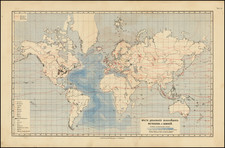
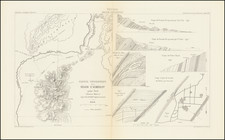
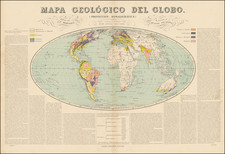
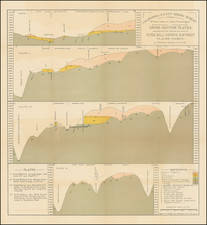
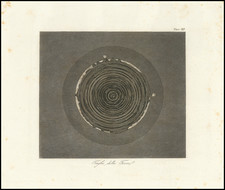
![[Run of 6 Volumes] Report Upon Geographical Surveys West of the 100th Meridian](https://storage.googleapis.com/raremaps/img/small/74064.jpg)